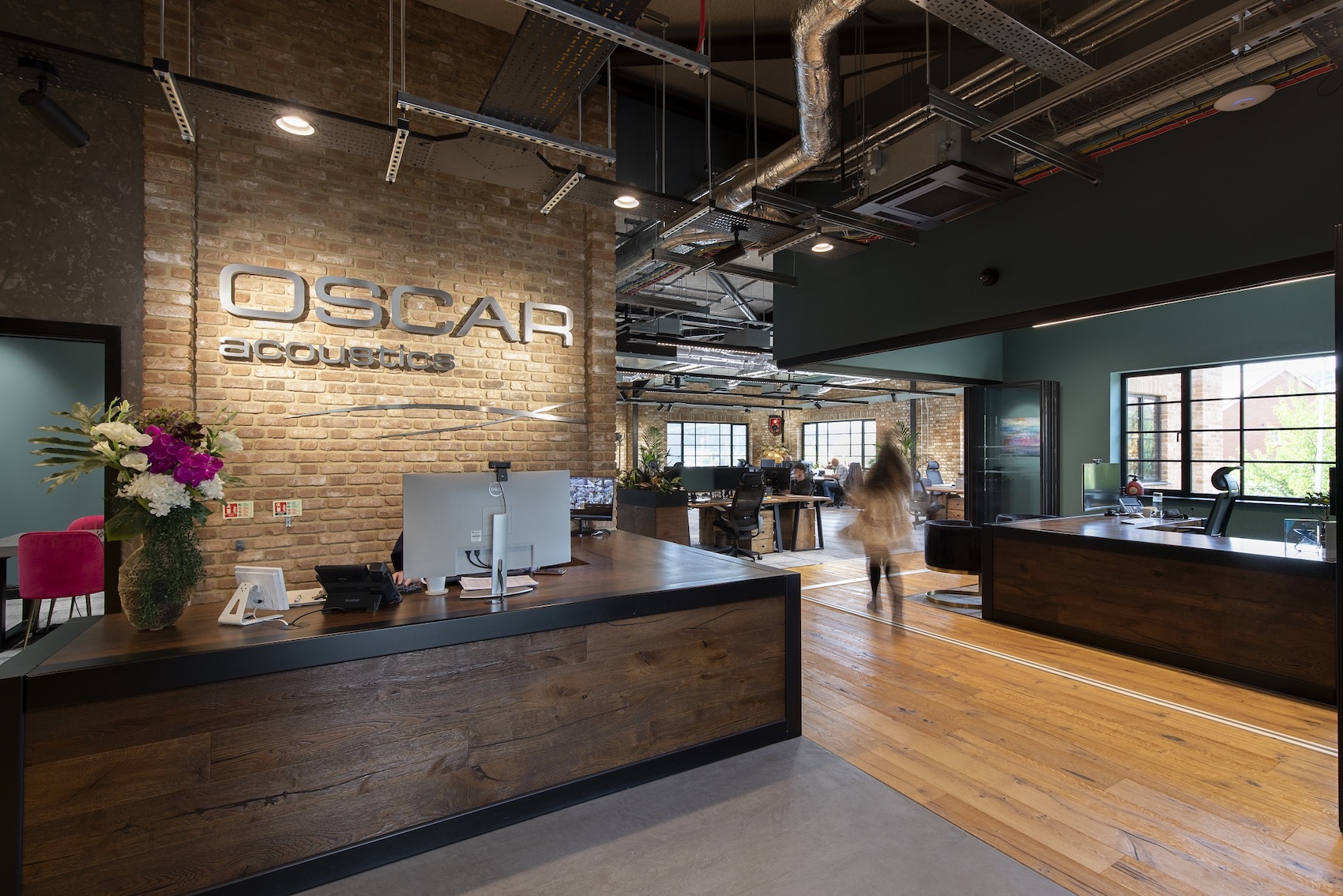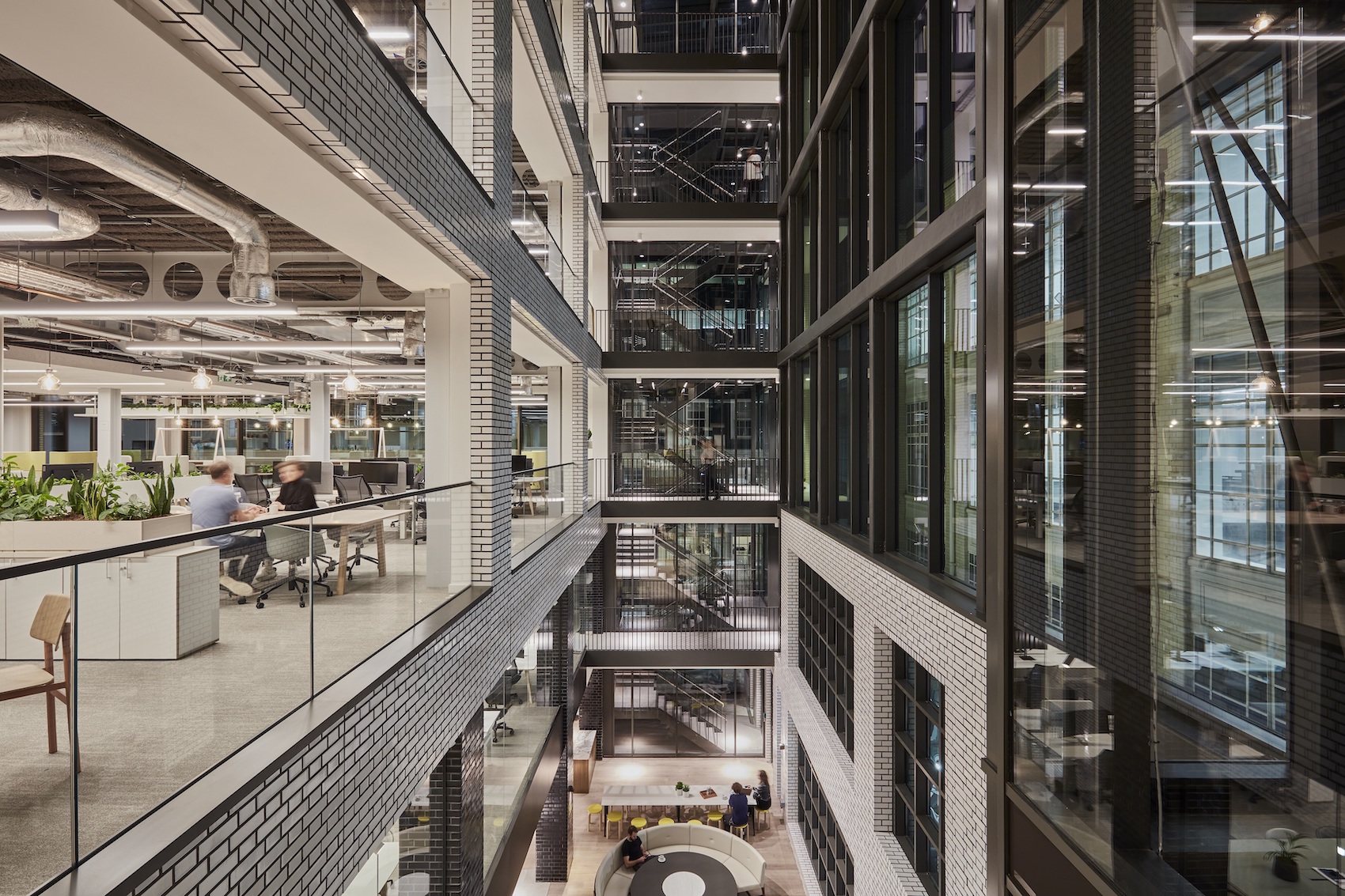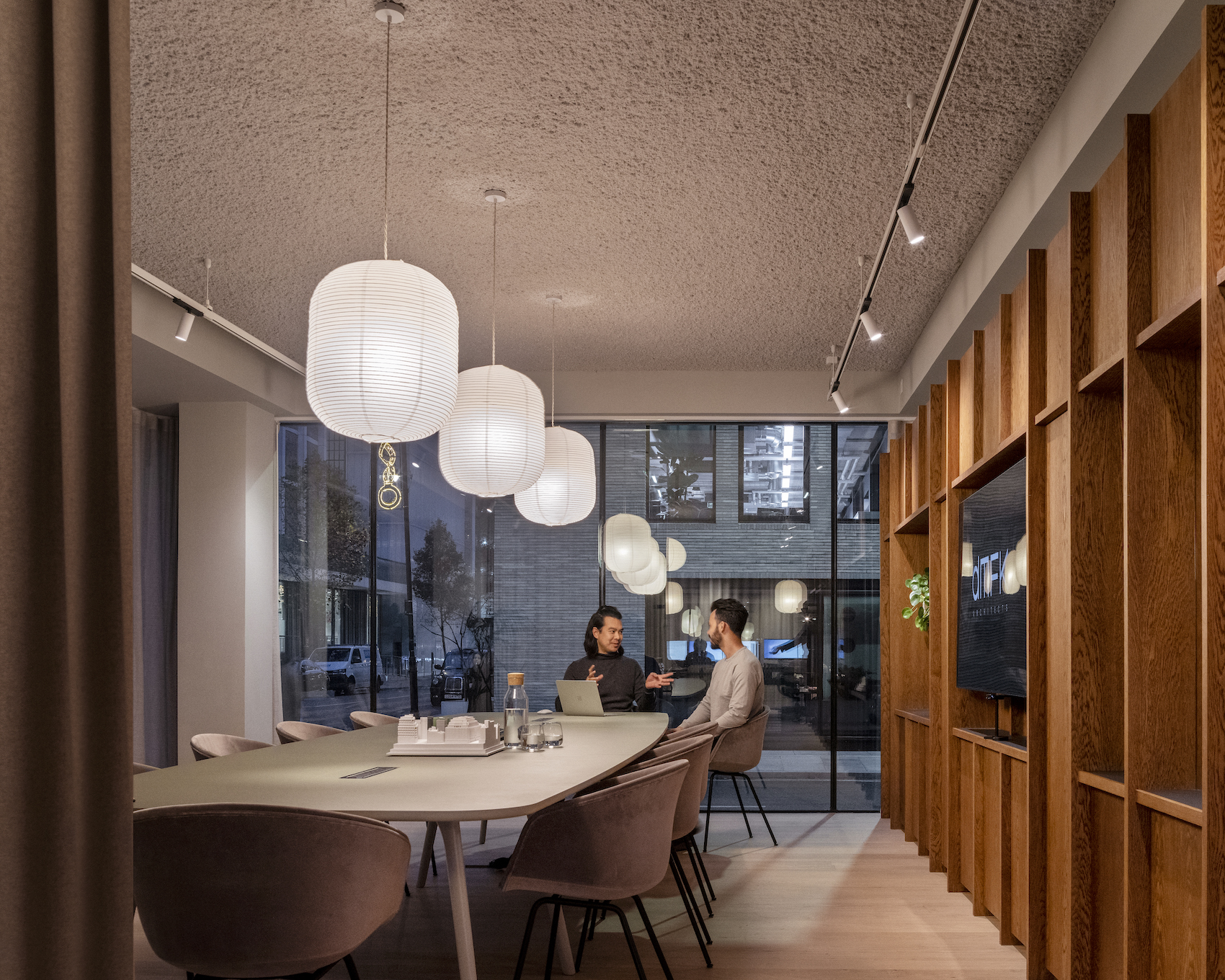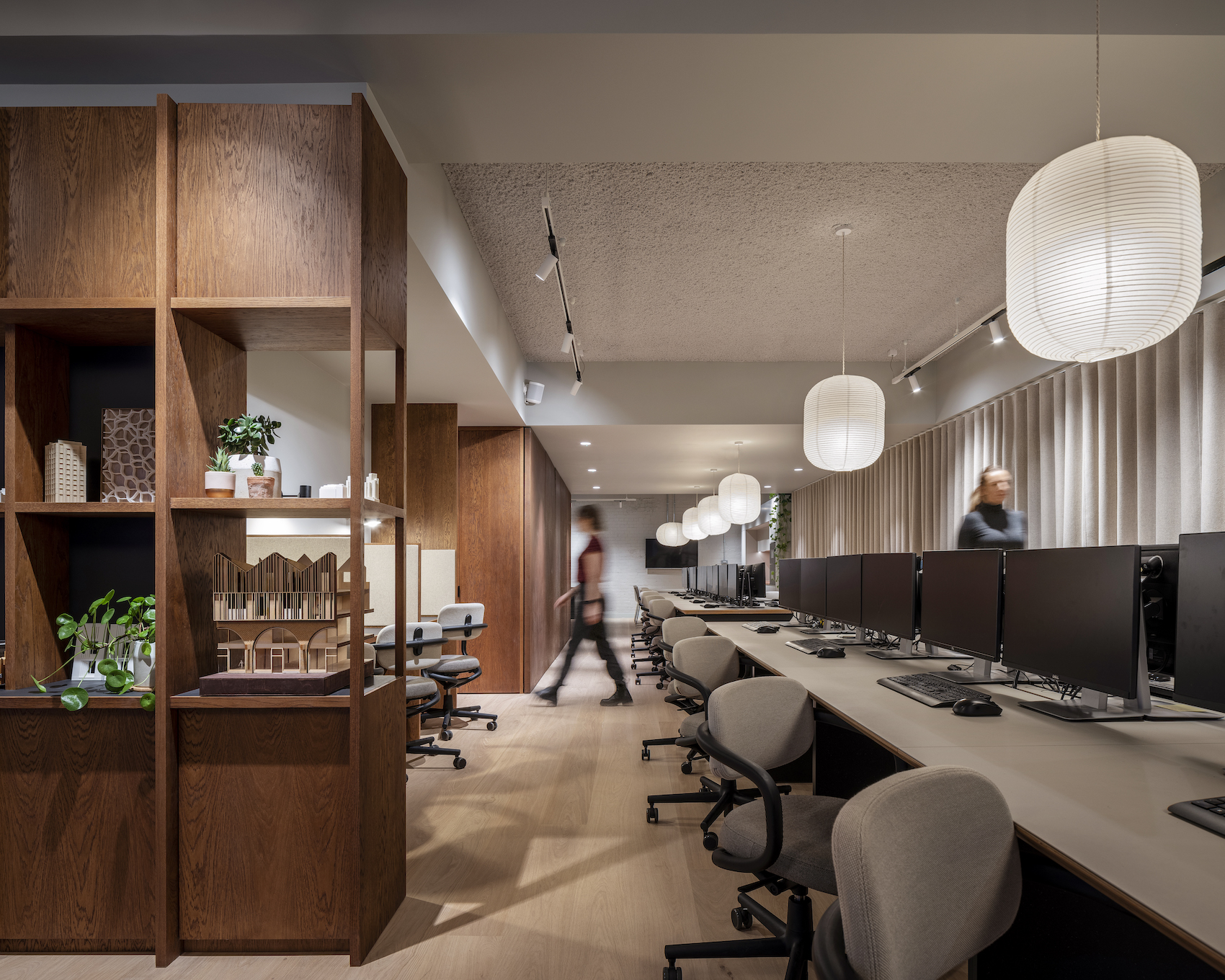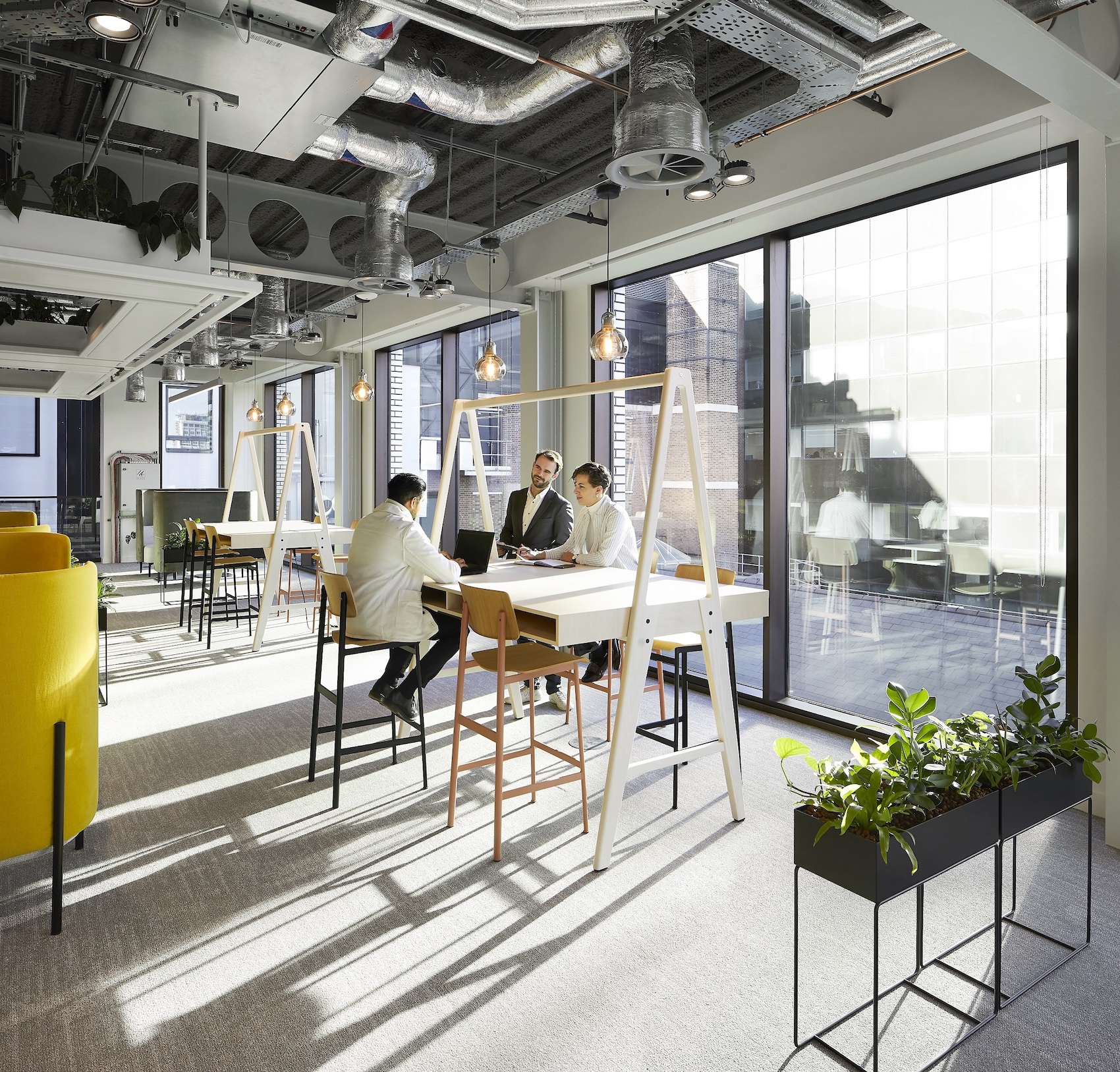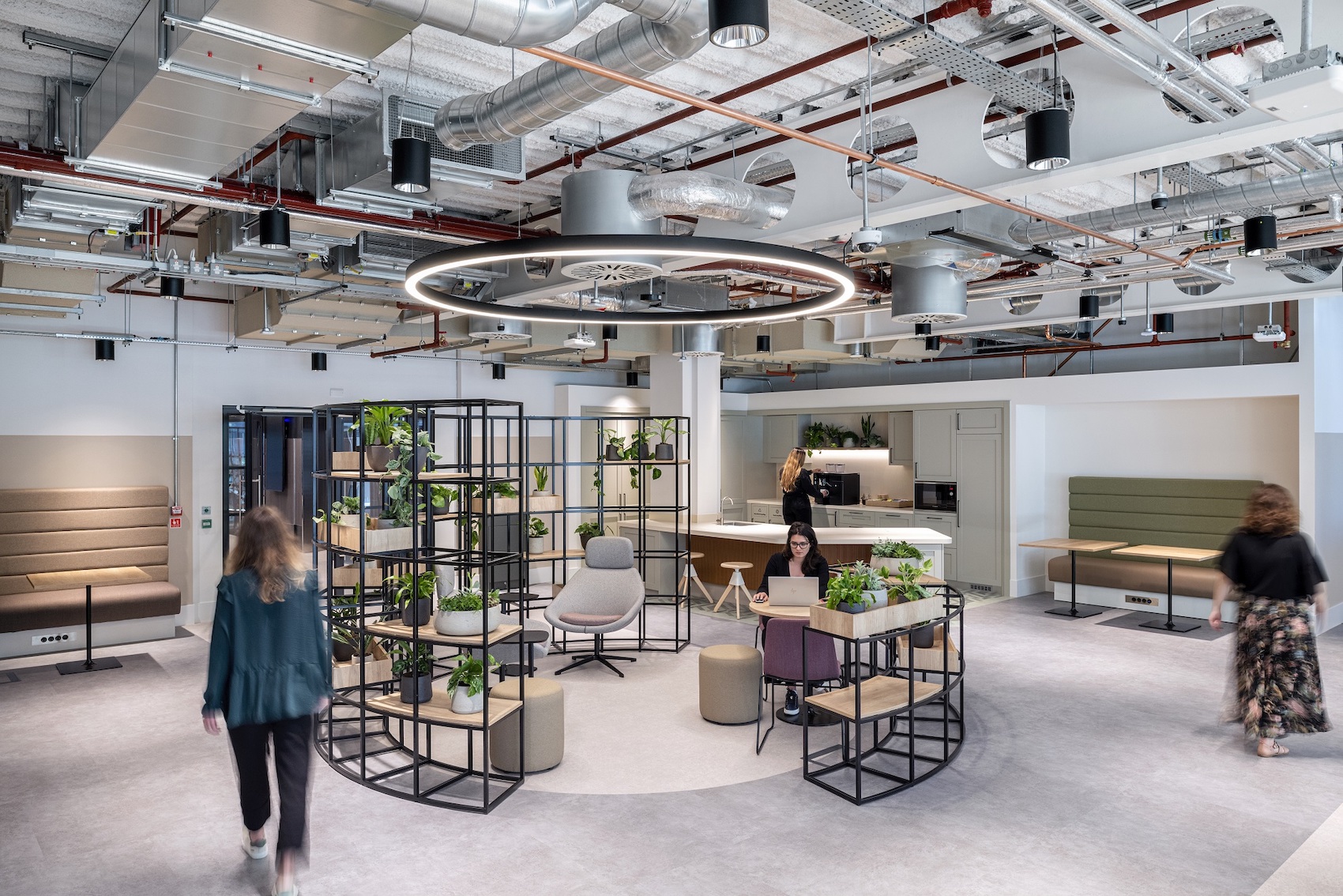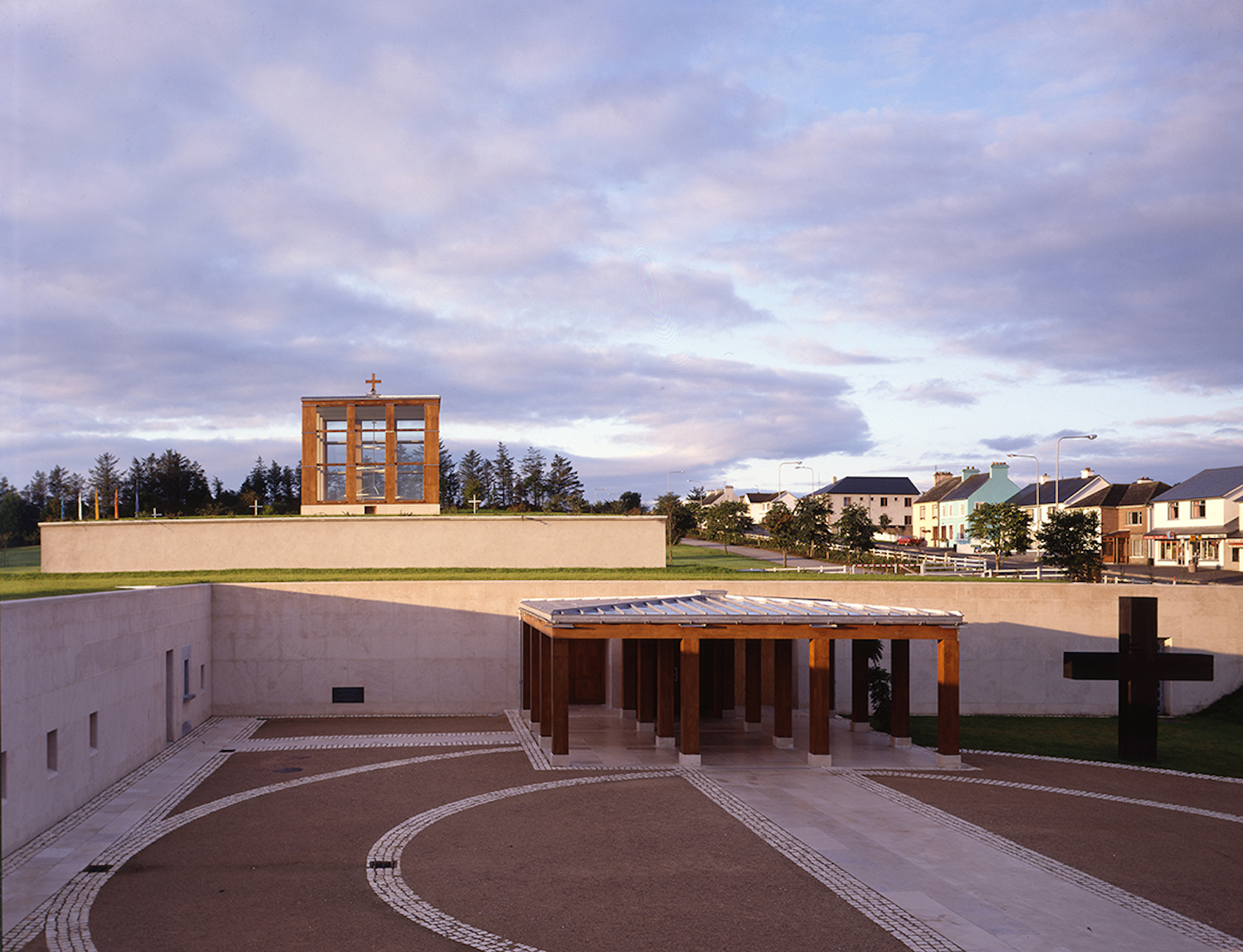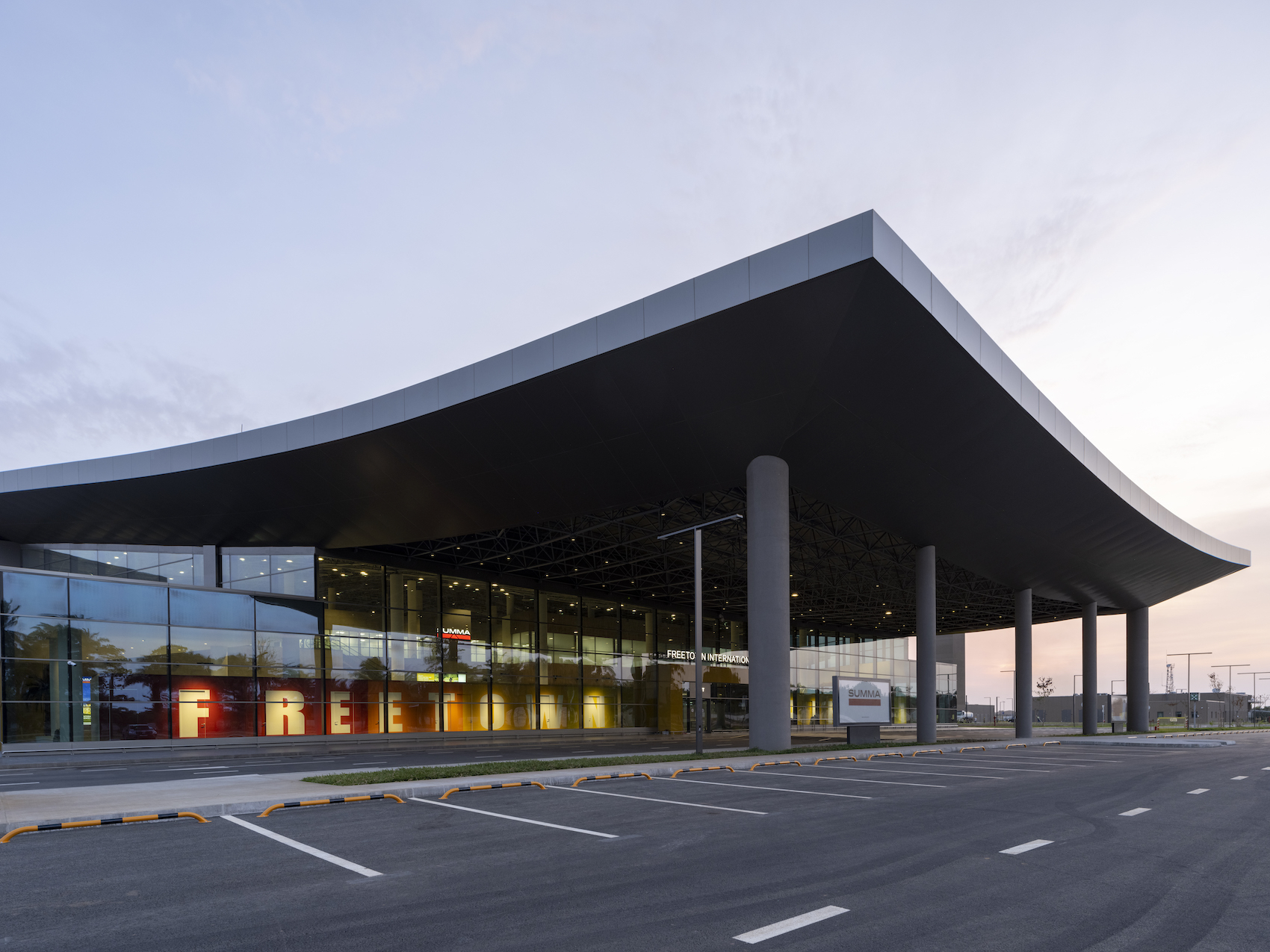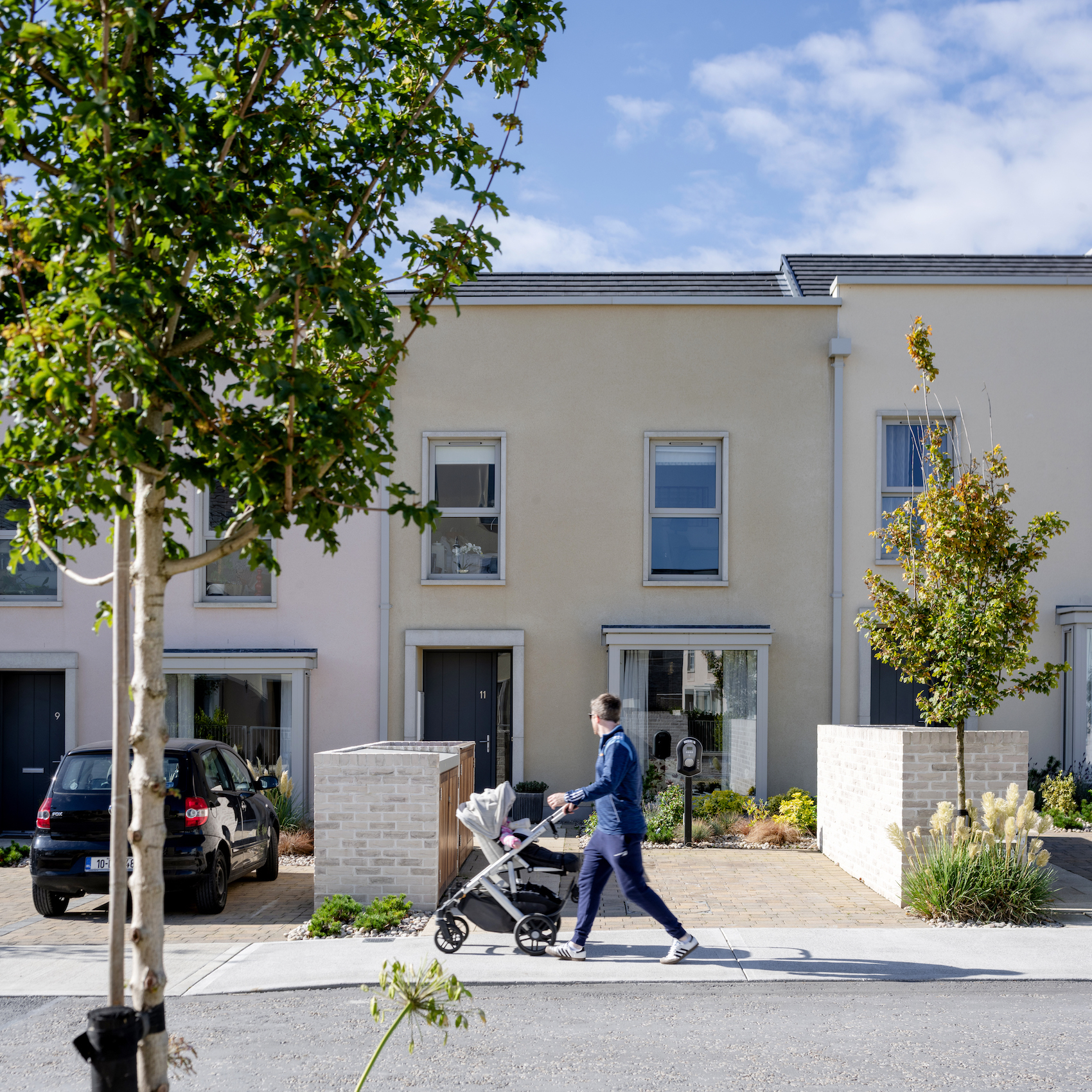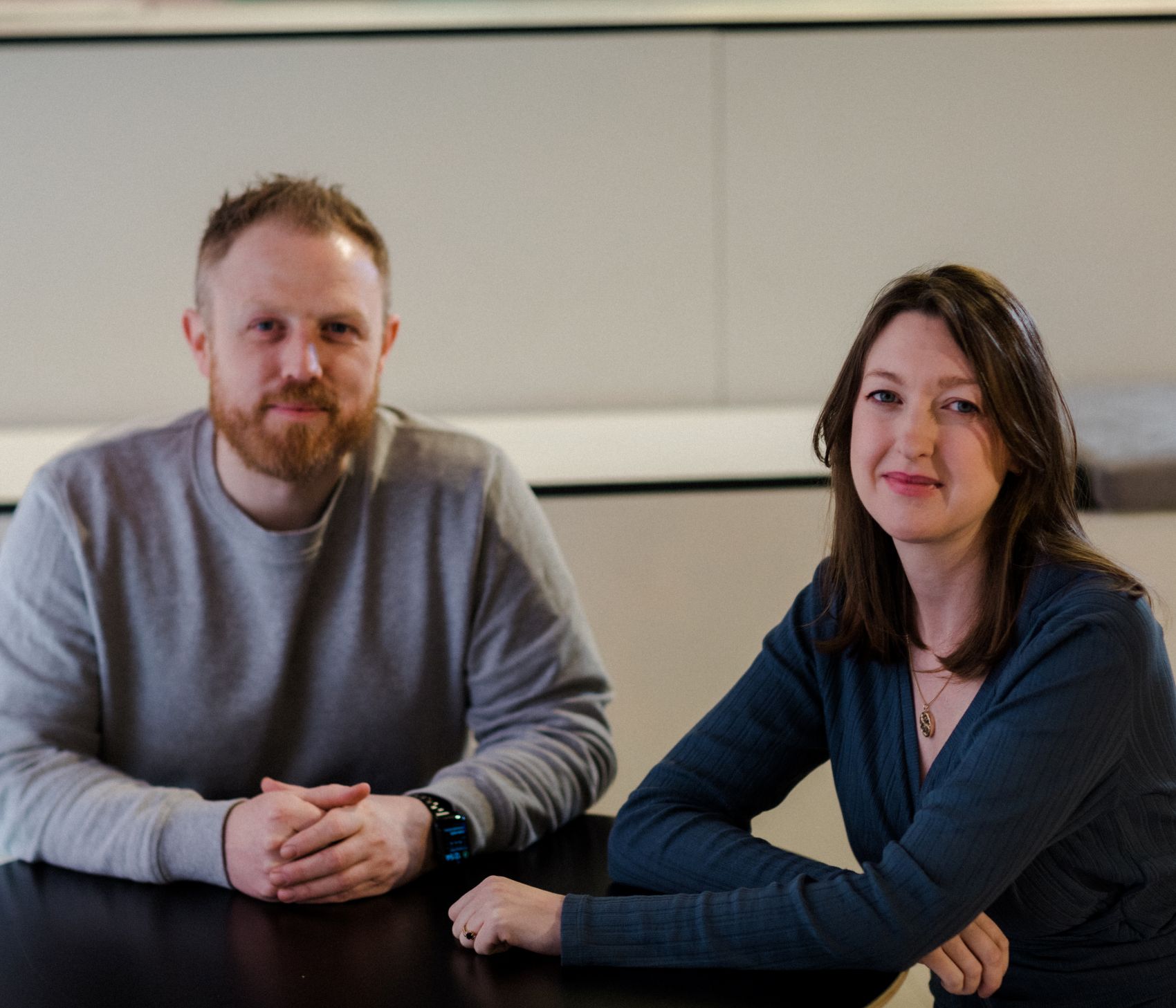Ben Hancock, Managing Director of Oscar Acoustics, explains why poor acoustics are quietly undermining offices, and how businesses are paying the price.
In association with![]()
Oscar Acoustics’ HQ open-plan office and reception treated with SonaSpray K-13 Special acoustic ceiling spray in Light Grey (photo: Antonia Stuart).
As offices across the UK call employees back, one critical factor is being overlooked: noise. While organisations debate flexible working and wellness initiatives, poor acoustic design continues to erode productivity, satisfaction, and retention. Recent research from our Shaping Future-Ready Work Spaces for The Great Return to the Office whitepaper surveyed more than 2000 UK employees. Nearly three in four said that their office neither supports their return to work nor enhances productivity, and 71 per cent reported it is too noisy.
Employees are being forced to adapt themselves – working late, using headphones, or retreating to quieter corners. This self-management highlights a critical design failure that directly impacts wellbeing and business performance. Poor acoustics affect concentration, increase stress, and cause irritation. Beyond these immediate effects, they influence the bottom line. Eight in ten employers have lost staff due to return-to-office mandates, with noise often cited as a decisive factor.
The challenge is particularly pressing for the 15 per cent of the UK population who are neurodiverse, many of whom experience heightened sensitivity to sound. Seven in ten individuals with dyspraxia reported their office was too noisy, demonstrating how a lack of sound management can unintentionally exclude talent.
SonaSpray K-13 in grey throughout Henrietta House offices. Morey Smith, CBRE Offices London (photo: Philip Durrant Photography).
A sound strategy for design
Acoustics cannot be an afterthought. Just as lighting and ventilation are integral to workplace design, sound management must be embedded from the start. Effective acoustic strategy follows the three ‘Cs’ outlined in PAS 6463, Design for the Mind: Neurodiversity and the Built Environment:
- Control: Give employees agency over their working environments.
- Clarity: Ensure communication and collaboration are unaffected by noise.
- Calm: Provide quiet zones for focused, undisturbed work.
SonaSpray K-13 Special in light grey throughout dMFK’s HQ offices (photo: Killian O’Sullivan).
Acoustic zoning is one of the most effective ways to implement these principles. Collaboration areas, concentration zones, and social spaces will each require distinct acoustic management. Advanced seamless solutions, such as SonaSpray acoustic sprays, allow architects to balance sound absorption with aesthetics, creating functional spaces without design compromise.
SonaSpray K-13 Special in light grey throughout dMFK’s HQ offices (photo: Killian O’Sullivan).
Investing in human capital
Acoustic design is not a luxury – it is an investment with measurable returns. Poor acoustic environments increase recruitment challenges, staff turnover, and productivity losses.
Forward-thinking clients recognise that WELL and BREEAM-certified buildings with strong acoustic performance attract and retain talent. Architects who integrate acoustic strategy early provide clients with competitive, future-ready workspaces.
SonaSpray K-13 in grey throughout Henrietta House offices. Morey Smith, CBRE Offices London (photo: Hufton+Crow).
Practical design actions
Architects and designers can transform workplaces by following four key approaches:
- Integrate early: Embed acoustics into every new-build or renovation from the outset, rather than addressing it as an afterthought.
- Design for diversity: Create varied acoustic environments to support different working styles, including neurodiverse needs.
- Specify strategically: Choose fire-rated materials and systems that improve acoustic performance while supporting design intent.
- Educate clients: Frame acoustic design as fundamental infrastructure and highlight the long-term values.
SonaSpray K-13 Special in 20 Water Street. Tétris design x build (photo: Jonathan Banks Photography).
Building the workspaces of tomorrow
The return to the office will not succeed through mandates alone; it requires spaces that genuinely support productivity and wellbeing. Employees are signalling the need for better acoustic design, offering architects a roadmap to create environments where people choose to come and do their best work.
Organisations that prioritise acoustics will not only retain talent but set the standard for future-ready workplaces. Thoughtful acoustic design is no longer optional – it defines the next generation of successful offices.


